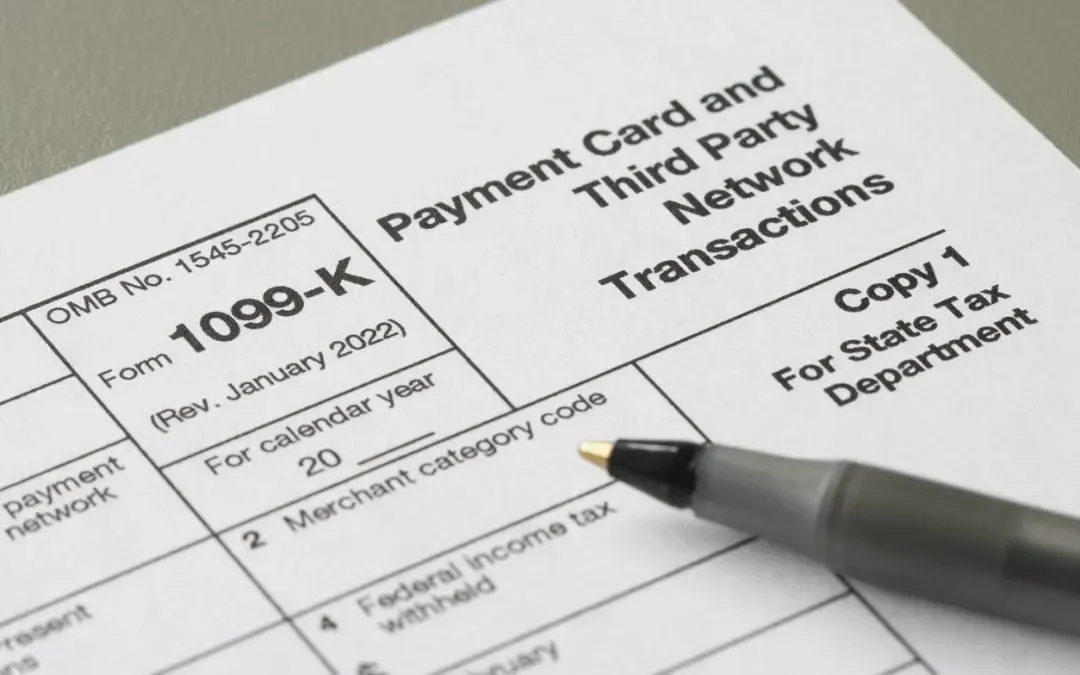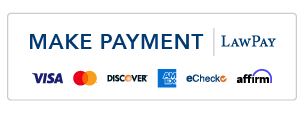|
BLOG
brenden kellwy law NEWS
Insightful Legal Perspectives for Ohio Residents
|
Side Hustle Game-Changer: What the IRS Knows About Your Gig Work

If you have a side hustle in addition to your day job, the IRS tracks and records your income from these ventures differently than your traditional role. The gig economy has exploded in recent years, with millions of people earning extra money through freelancing, consulting, selling goods online, driving for ride-sharing apps, and countless other entrepreneurial pursuits. However, the IRS has noticed and implemented new 1099-K reporting thresholds that could impact how you file your taxes. Here’s what you need to know.
The New 1099-K Reporting Threshold
Many side hustles and gig-based roles pay through third-party payment processing instead of direct deposit. This raised concerns for the IRS about tracking that income when gig work became popular.
In 2022, the IRS planned to adjust the reporting threshold for third-party payment processors such as Venmo, Paypal, and Cash App. In the past, these platforms were only required to issue a 1099-K form to users with over 200 transactions and $20,000 in payments for the tax year, though processors were free to send 1099-K forms to all users, even if they did not meet the threshold. IRS changes sought to reduce that threshold to $600 in payments regardless of the number of transactions.
The magnitude of this change sparked concerns with reporting infrastructure, and the adjustment was delayed for tax year 2023. Starting with 2024 tax reporting, the IRS is phasing in the changes with a threshold of $5,000 in payments regardless of the number of transactions. Subsequent changes will be announced in future tax years to complete the transition.
Considering What This Means for Your Side Hustle
If you accept customer payments through any of these apps and exceed the $5,000 annual threshold for 2024, expect to receive a 1099-K in early 2025 summarizing your income. The IRS will also get a copy, meaning they can more easily cross-reference your tax return to ensure you’ve reported all taxable income from your gig work or small business. Also, be mindful of future changes as the IRS continues to reduce the threshold to reach its $600 target.
Protecting Yourself and Your Side Hustle
If you’re feeling overwhelmed by the new IRS side hustle reporting requirements, you’re not alone. Fortunately, there are steps you can take to safeguard your business and minimize your tax liabilities. Start by educating yourself on the specific IRS rules and thresholds that apply to your situation.
The new 1099-K reporting requirements highlight the importance of comprehensive, accurate, and detailed bookkeeping and tax planning for your gig economy taxes. Some key steps to take:
- Keep detailed records. Maintain a spreadsheet or use accounting software to track all income and expenses related to your business. Hold onto receipts in case of an audit.
- Understand your deductions. Many costs associated with running your side hustle may be tax-deductible, such as supplies, advertising, mileage, and home office expenses. Work with a tax professional to optimize your write-offs.
- Make estimated tax payments. If you expect to owe over $1,000 in taxes for your side income, you may need to make quarterly estimated payments to avoid penalties.
- Set aside funds for taxes. As a rule of thumb, allocate 25-30% of your net side hustle income to cover your tax liability. Transfer these funds to a separate savings account so you’re not caught off guard at filing time.
Are you concerned about your side hustle’s compliance with the new IRS rules? Contact Brenden Kelley Law for expert advice on keeping your business on the right side of the taxman. We can help you navigate the ever-changing tax landscape and avoid costly penalties and legal issues down the road. With a little preparation and guidance, you can keep your side gig running smoothly while minimizing stress come tax season.


